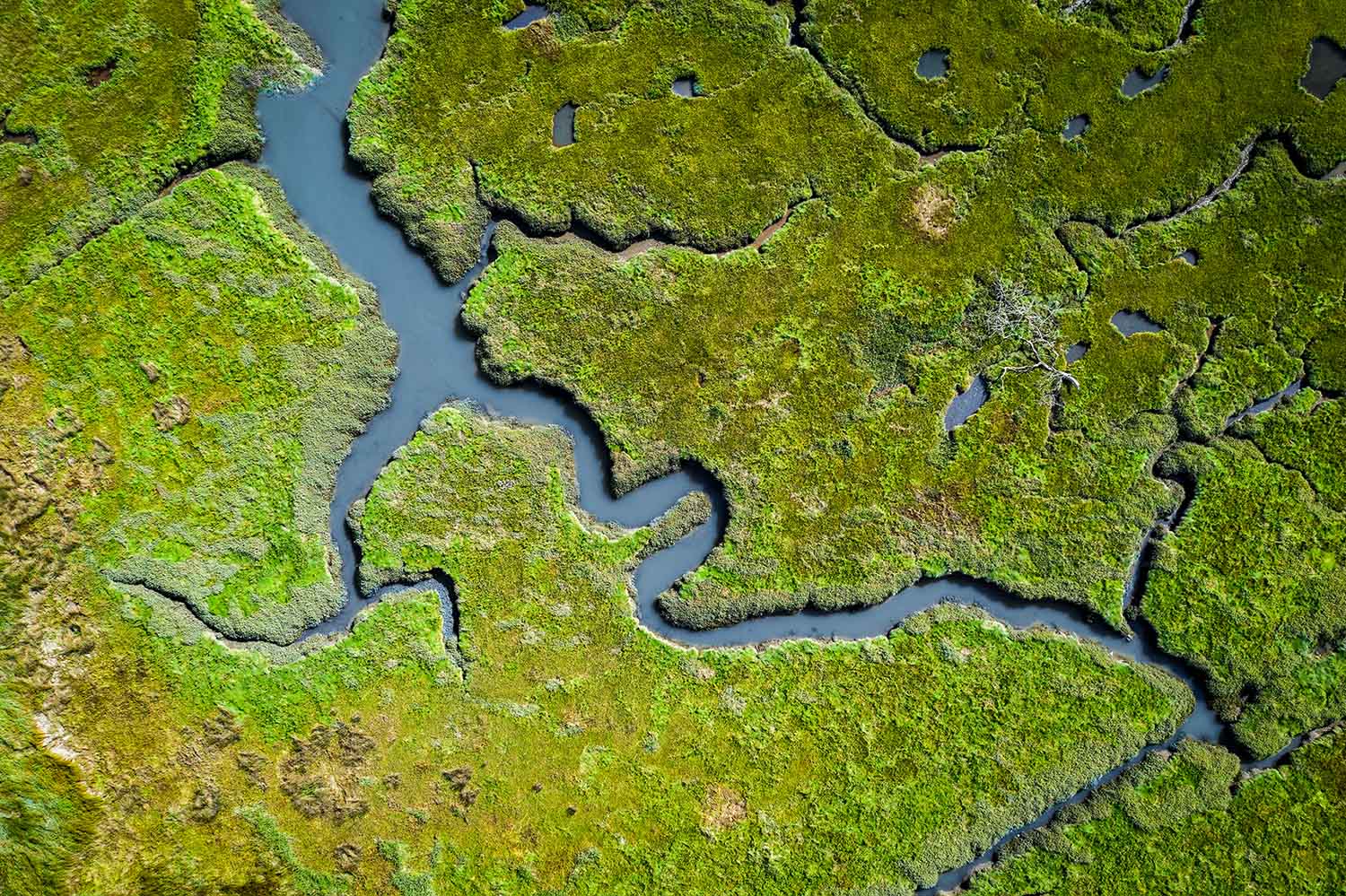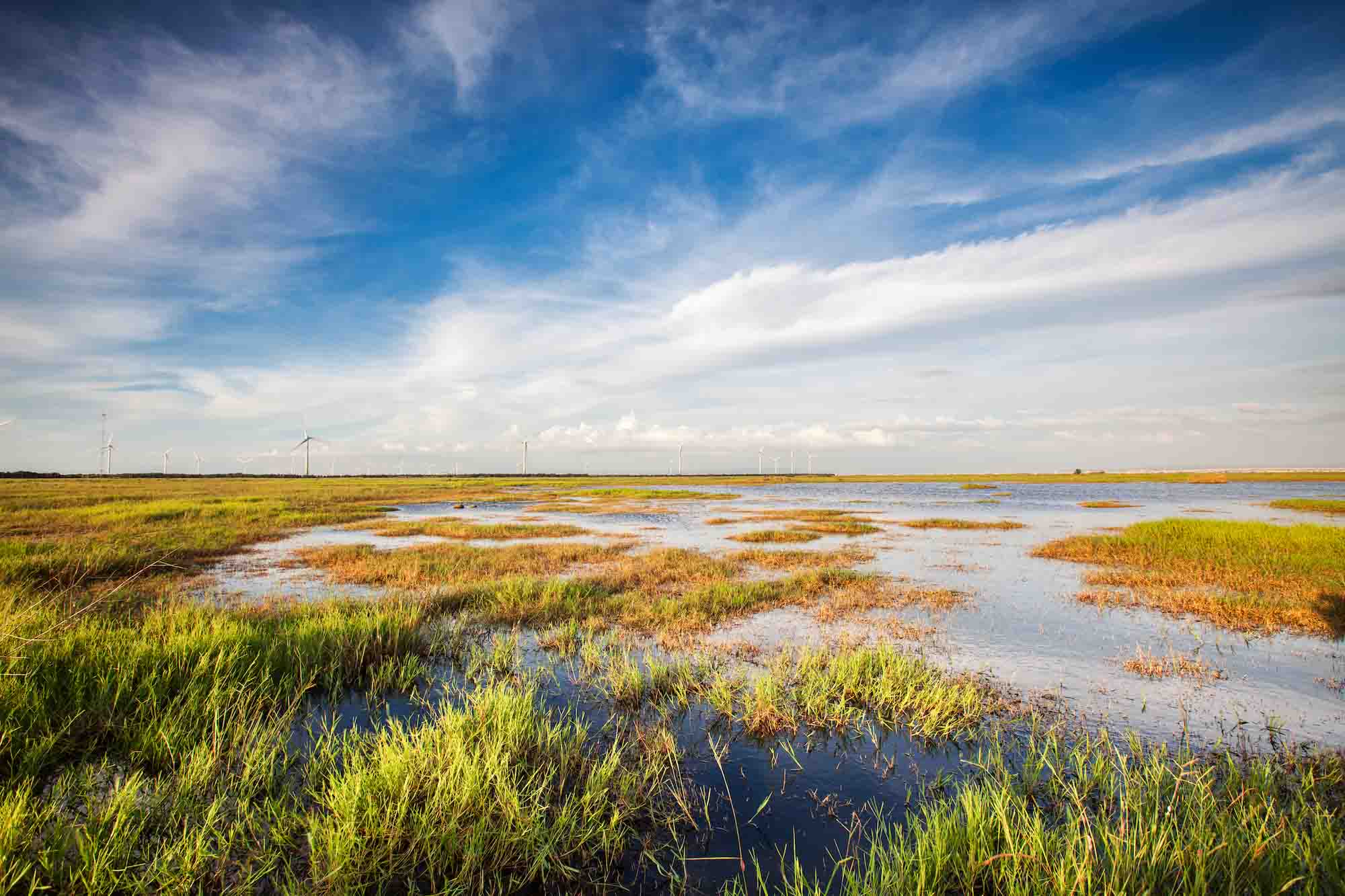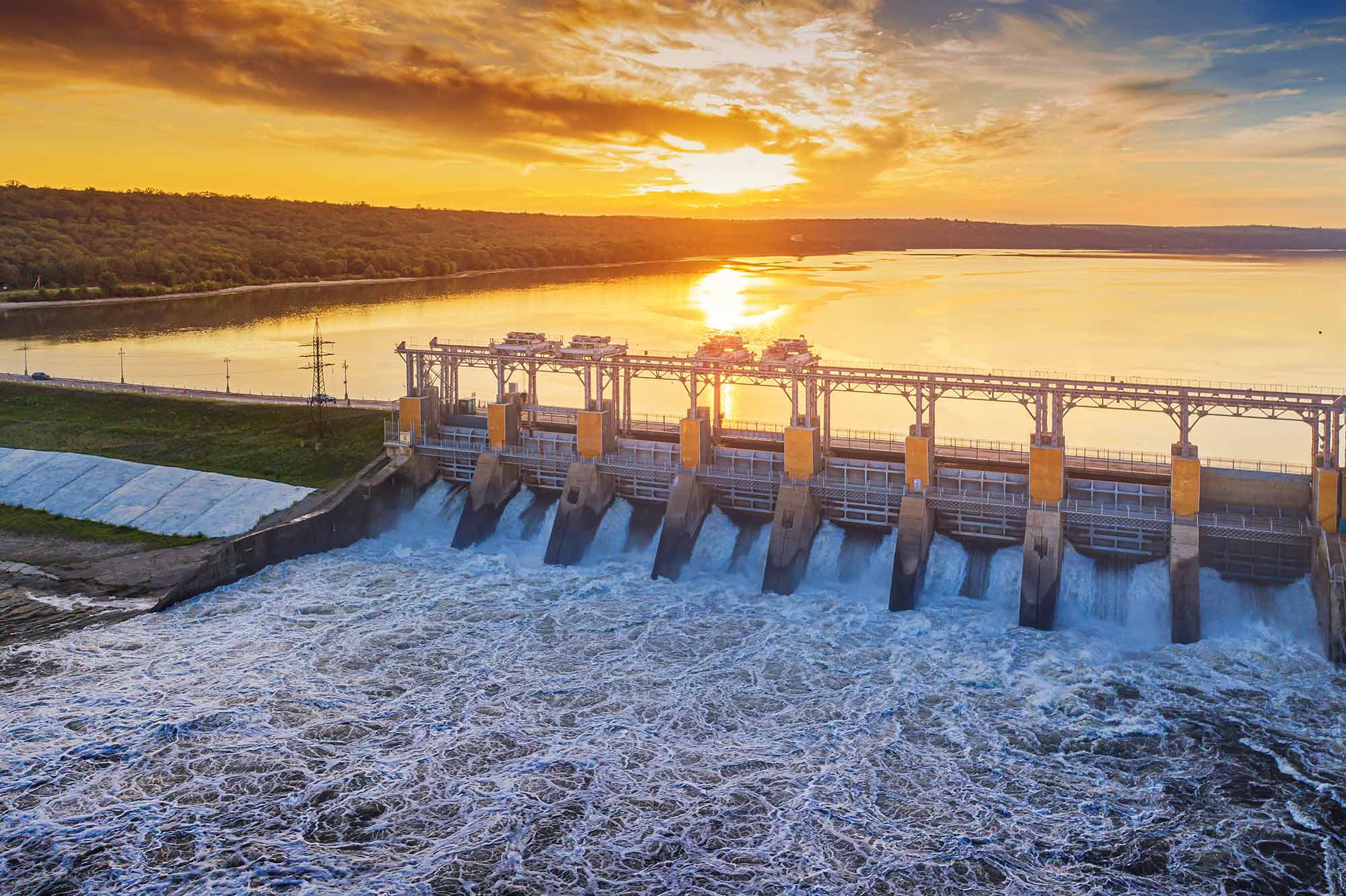Blog
Rivers and lakes are the most degraded ecosystems: can we still save them?
Recent studies show that the decline of freshwater biodiversity is twice as fast compared to ocean and forest biodiversity. Is it too late to reverse this devastating trend?

Freshwater rivers and lakes cover just one per cent of all the water on Earth, yet they are home to nearly half of all the world’s fish species and a quarter of all vertebrate species.
Two billion people currently source their drinking water directly from rivers that account for about a quarter of total global food production.
The disturbance of the freshwater ecosystem, however, receives much less attention as it deserves. It was partly overshadowed by other serious environmental threats, such as massive deforestation or plastic pollution in oceans.
River protection was rather viewed as a part of a complex land protection strategy. Many experts advocated the “By protecting the land, we protect the water” theory. It is clear now that such an approach is not sufficient.
The World’s Forgotten Fishes, one of the latest reports on the state of rivers involving 16 conservation organizations, examined the life of freshwater fish, and its findings are alarming.
The report suggests that nearly a third of all freshwater fish species are threatened by extinction.
Since the 1970s, migratory freshwater fish populations have declined by 76 per cent, while populations of freshwater fishes heavier than 30kg have declined by 94 per cent.
Two thirds of large rivers are dammed or do not have a natural flow. Around 70 per cent of wetlands have been lost in the past 100 years which is three times more than as for the forests.

Barriers, pollution and climate change
River dams and other barriers on free-flowing rivers, excessive water consumption and pollution are the most threatening factors.
Households, agriculture, and industry are the biggest sources of water pollution.
300-400 million tonnes of pollution are dumped into freshwater ecosystems every year, and over 80 per cent of all wastewater is flushed untreated back into nature.
Overfishing combined with destructive fishing methods, establishing invasive fishes, climate change as well as poaching and illegal wildlife trade are threatening the river life, as demonstrated on the sturgeon example.
According to The World’s Forgotten Fishes Report, sturgeon is the world's most threatened family of freshwater fish. They have been around since the age of the dinosaurs, but 23 of the 27 species are now threatened with extinction due to the above mentioned reasons.
The main cause is illegal trade with wild caviar as well as overfishing, pollution, and dams blocking the migration routes.
How to restore freshwater life
The World Wide Fund for Nature suggests that one of the crucial actions to take in order to reverse this catastrophe is the removal of river dams.
Hundreds of thousands of dams, huge dams or small weirs, are fragmenting rivers across the world. According to the European Environment Agency’s report, there are more than one million barriers in European rivers and 10% of them are obsolete.
Some countries have already started with the dam removal, such as the USA, France, Spain, Finland, Sweden, and Netherlands. Dam Removal data suggest that almost 5,000 dams have already been removed from European rivers.

Furthermore, self-purification is reduced in regulated rivers and pollution is another of the most serious problems the rivers face.
In some places, the situation is improved by building water treatment plants and thanks to new technologies. The problems, however, still remain.
The existing treatment processes, for instance, cannot handle the microplastics or antibiotics, resulting in them entering waters in small concentrations.
Conservation organizations suggest that stronger regulations with particular emphasis on better use in practice could be the way to improvement.
In 2017, New Zealand granted legal personhood to the Whanganui River. The courts ruled that the river shall be treated as a legal person. Since then, other nations, such as Bangladesh and some cities in the U.S., have followed this suit.
Besides the river protection and revitalization, a reasonable use of water sources is also crucial. This involves many measures and policies, ranging from streamlining and ecologization of agriculture, to the support of sustainable water management in cities, and use of recycled wastewater.
Hydrotech will do everything in its power to contribute to this improvement. Let’s hope that the key players, who can have material impact on water protection, will do the same.
More articles
Successful final inspection of WWTP in the Rajo a.s. dairy
Successful final inspection of waste water treatment plant for our customer Rajo a.s. (Meggle group) was completed. The autumn 2018 will be added to...
